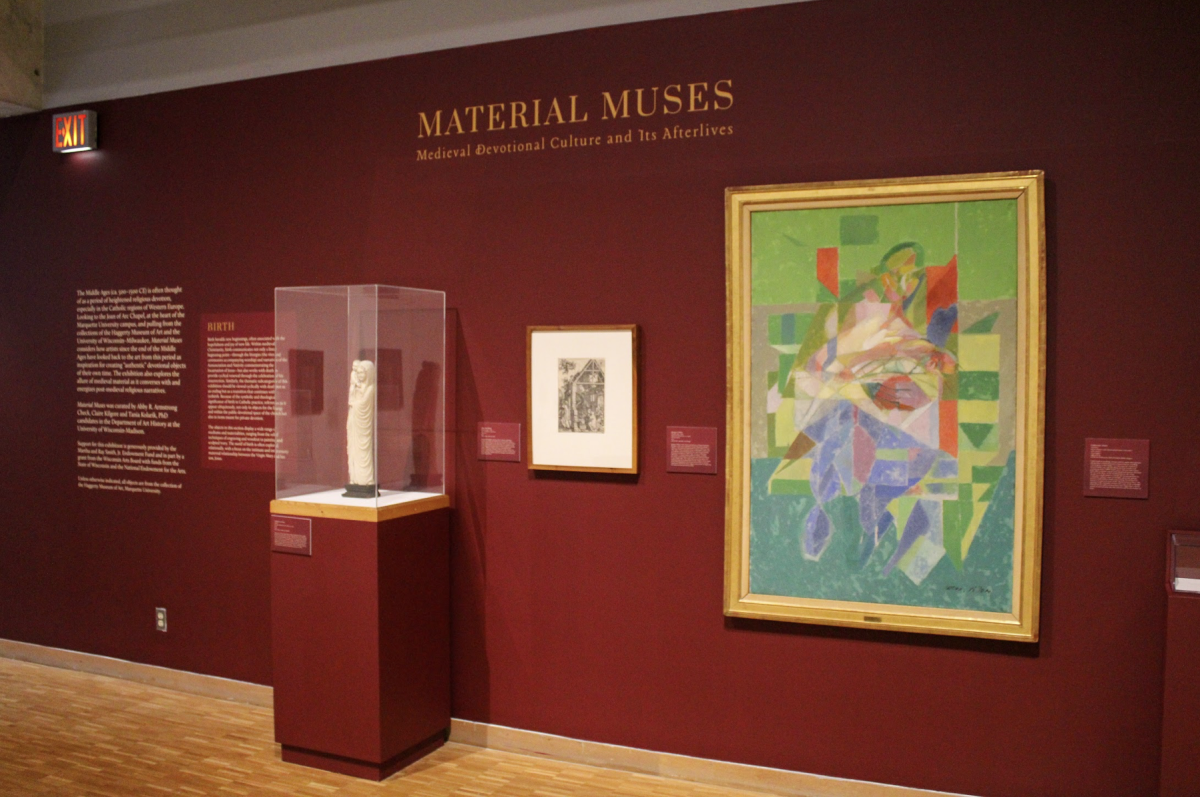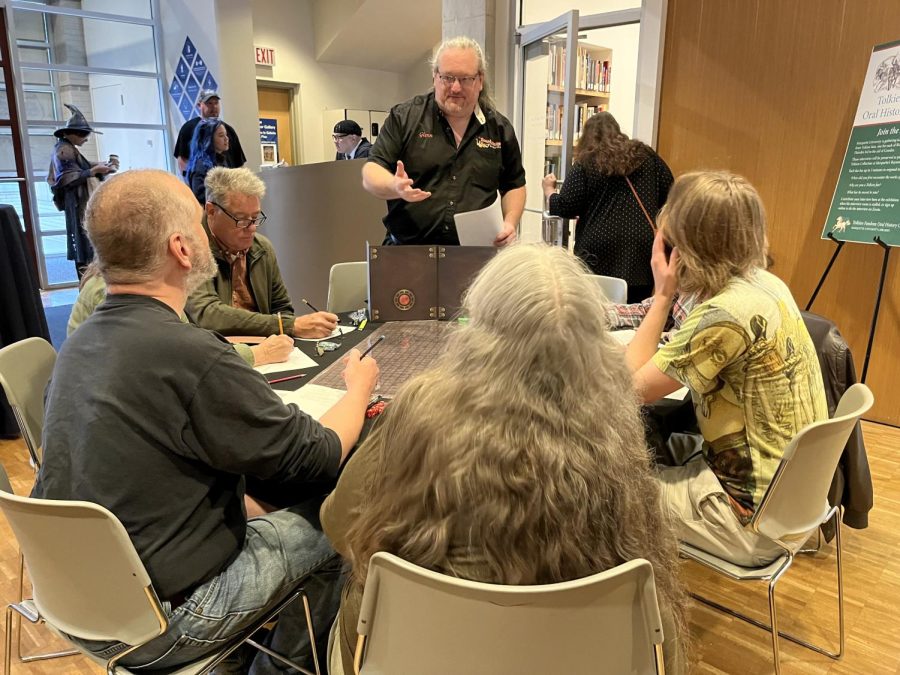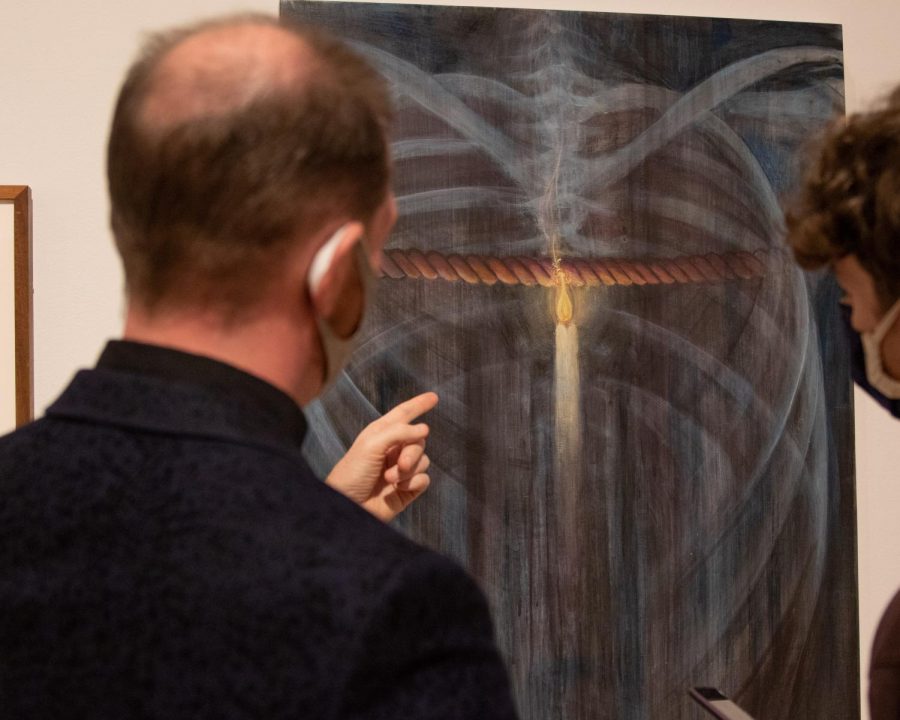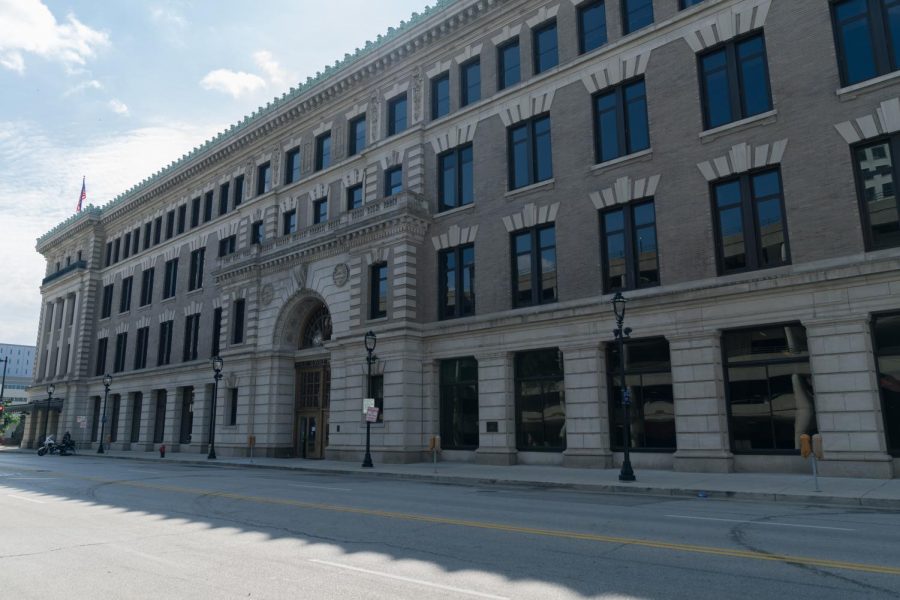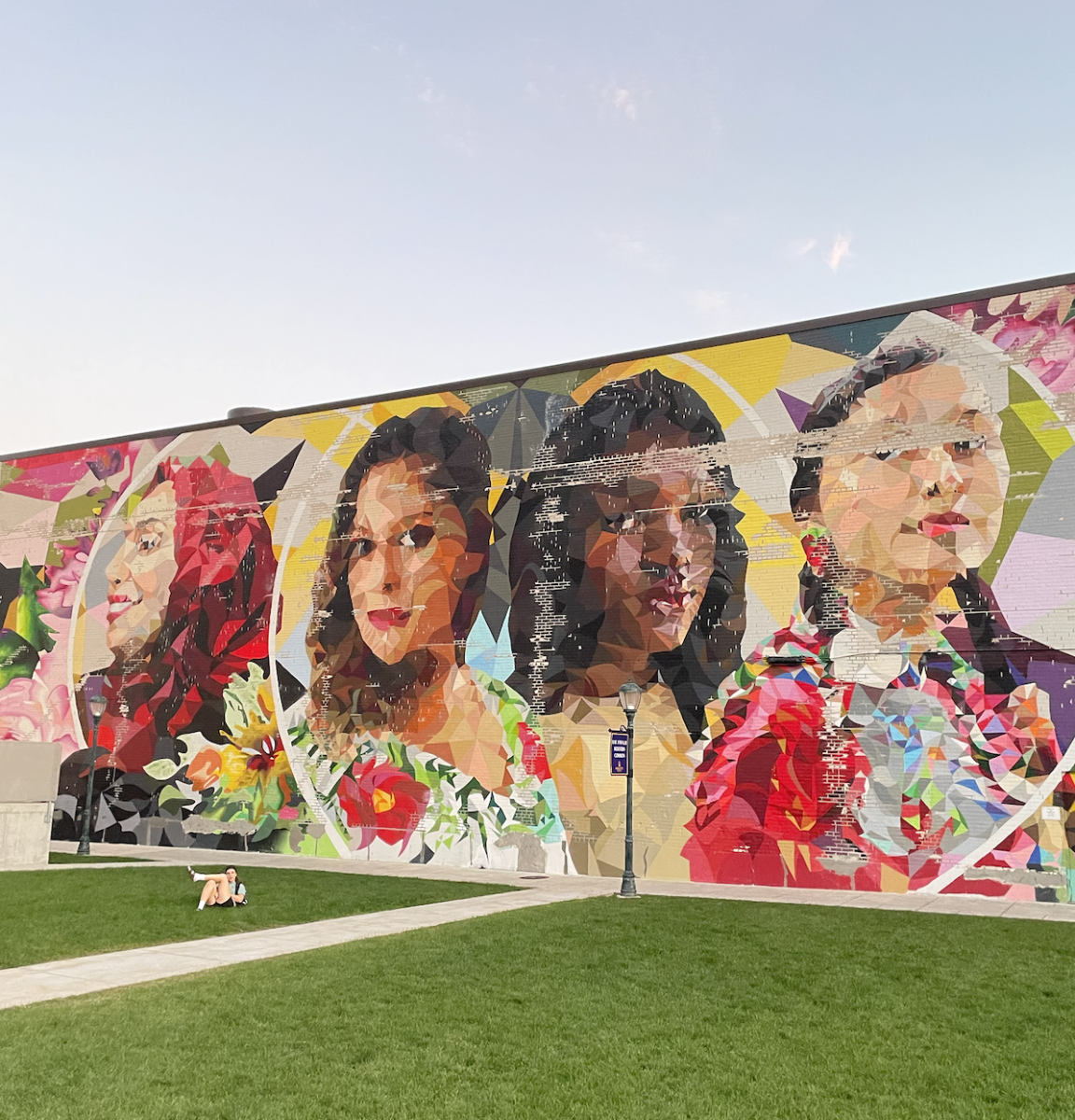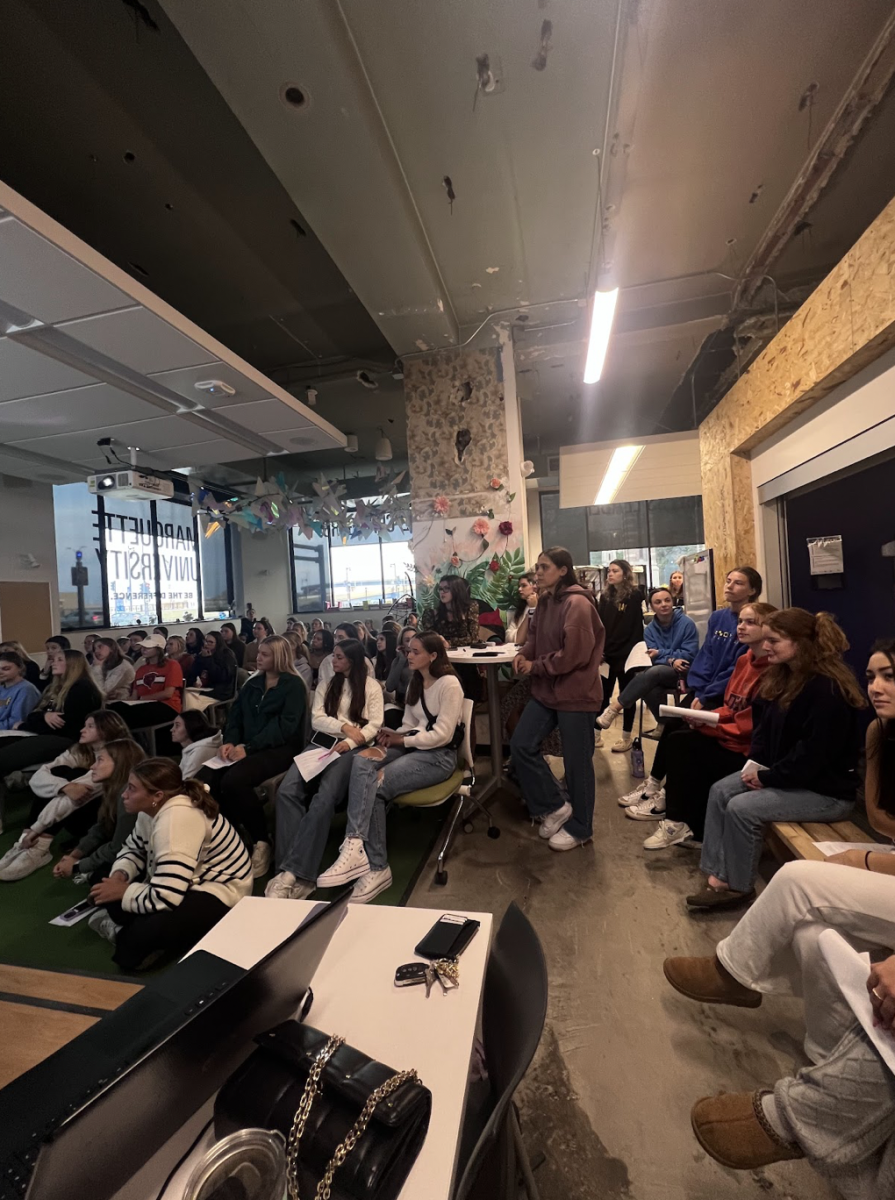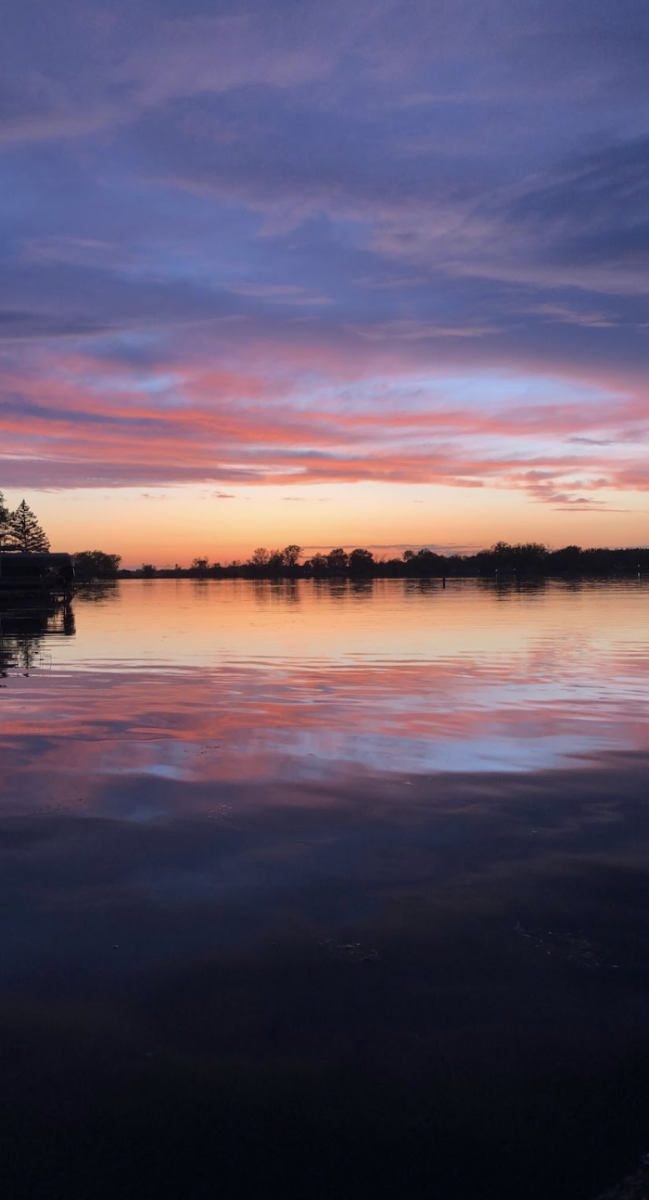
Traditionally, stained glass is regarded as nothing but decoration found in churches or cathedrals. Its beauty is admired from afar, and its imagery almost always carries religious connotations.
But with its new exhibition “Let There be Light,” the Haggerty Museum of Art offers the chance to see these unique pieces of art as more than window dressings.
The exhibition consists of 21 pieces of stained glass, ranging from the 14th to the 21st century, and preliminary drawings and color renderings that provide insight to the creation process.
All pieces included in the exhibition are from the collection of Oakbrook Esser Studios in Oconomowoc, Wis., which both collects and creates stained glass artwork. After touring Oakbrook Esser two years ago with studio owner Paul Phelps, Lynne Shumow, curator of education at the Haggerty, saw an opportunity for the museum and the studio to work together.
“He (Phelps) mentioned that he was very interested in education through the sharing of art,” Shumow said. “So I started thinking this would be a good show, and I liked the idea of seeing the stained glass up close.”
The wide range of styles visible at “Let There be Light” shows the variety of different subject matter stained glass has depicted over time. Although the theme of religion is significant in many of the works, others are partially or completely abstract.
“We wanted to show all of these different styles and make people rethink what stained glass is,” Shumow said. “Some people have this idea that it only belongs in a church.”
The layout of the exhibition itself contributes to this rethinking. In everyday life, people might only come across stained glass as a high window in a church, and they are not able to fully appreciate the artistry because of the physical distance.
“People often don’t even know what is being represented,” Shumow said.
Instead, the exhibit has the pieces displayed at eye level and backed by light boxes that illuminate the colored glass, so the observer is able to get a close and detailed look at the art. Haggerty registrar John Loscuito said this improves the overall experience of the viewer, both during and after visiting.
“You can see the works up close, and you can appreciate the craftsmanship and the details and have an intimate experience,” Loscuito said. “And you can read the labels and really understand so that when you go back to a more traditional display, like at a church, you can have a different experience or a better appreciation.”
Another issue with the traditional stained glass display is the lack of artist recognition. The pieces rarely include signatures, and even if they do, most are too high up for anyone to be able to read one.
“We wanted to give names to the artists behind this work because stained glass is often a nameless medium,” Shumow said.
And, yes, that’s artists plural — there are frequently multiple designers and artists who have a role in the creation of a single display, which Shumow and Loscuito say is another little-known fact about stained glass.
Before a piece is fabricated, an artist or designer does a preparatory drawing, labeling each area of the sketch with a number corresponding with the desired color of glass for the finished product. Then, a small-scale color rendering is created for the studio to present to its client for review.
In addition to providing the names of those who had a hand in crafting each piece, the show includes these drawings and color renderings in gouache, ink and watercolor. This is a rare opportunity for people to see the process behind the creation of a masterpiece.
Dan Herro, preparator, was instrumental in the installation of the show. He and Loscuito devised a system of magnets that discretely secures the drawings to the wall.
“In the end, we decided that they are just preparatory drawings, and it would be really cool just to see them as they are, not in a frame or behind any glass,” Herro said.
Meghan Wingert, an intern at the museum, said the exhibition goes beyond what one would expect from a stained glass display.
“It is definitely one thing to hear about the show, but when you walk in and actually see the pieces two feet in front of you, it really brings a whole different meaning to stained glass,” Wingert said.
“Let There be Light” runs until Jan. 2 and is free and open to the public.



